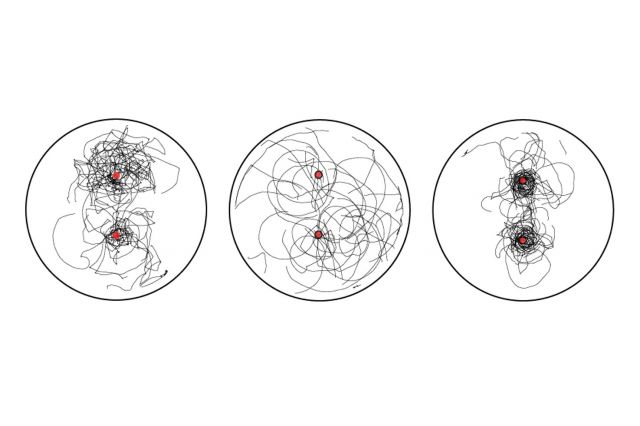
Evolution of Sensorimotor Computation
The Drosophila genus has successfully populated a vast range of habitats, from tropical islands to deserts. Adaptation of individual species to specific niches is frequently accompanied by important shifts in olfactory behaviors. My lab has made the discovery that foraging and orientation strategies of larvae can differ dramatically across the Drosophila group. Although certain species have only separated ~1 million year ago, aspects of their chemotaxis algorithms are qualitatively distinct. This behavioral diversity reflects the existence of specialized circuit-function relationships. Our long-term goal is to examine how evolution has adjusted the properties of sensorimotor circuits. This work builds on circuit-function analysis achieved in Drosophila melanogaster. Apart from uncovering changes in the receptive field of the peripheral olfactory system, we hope to elucidate how a partial remodeling of neural circuits can alter their function to produce specialized behaviors.